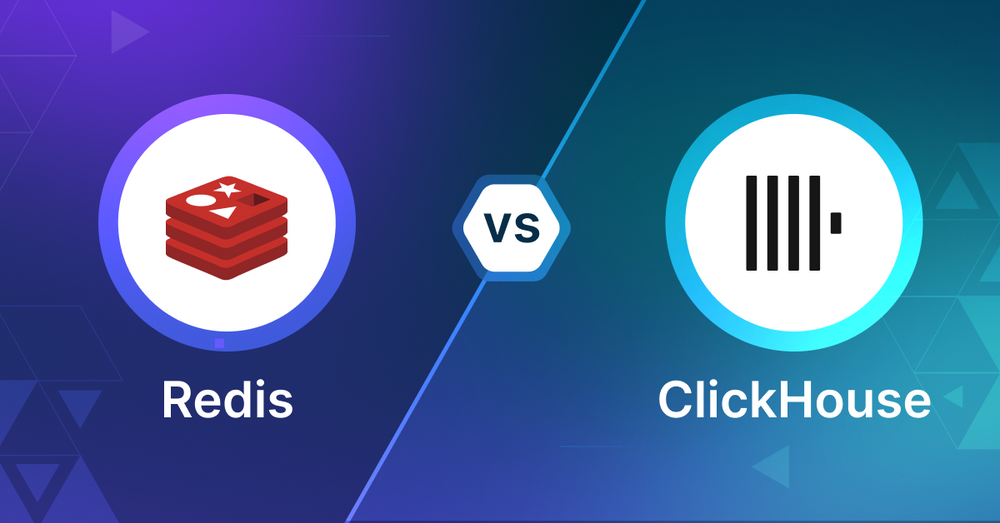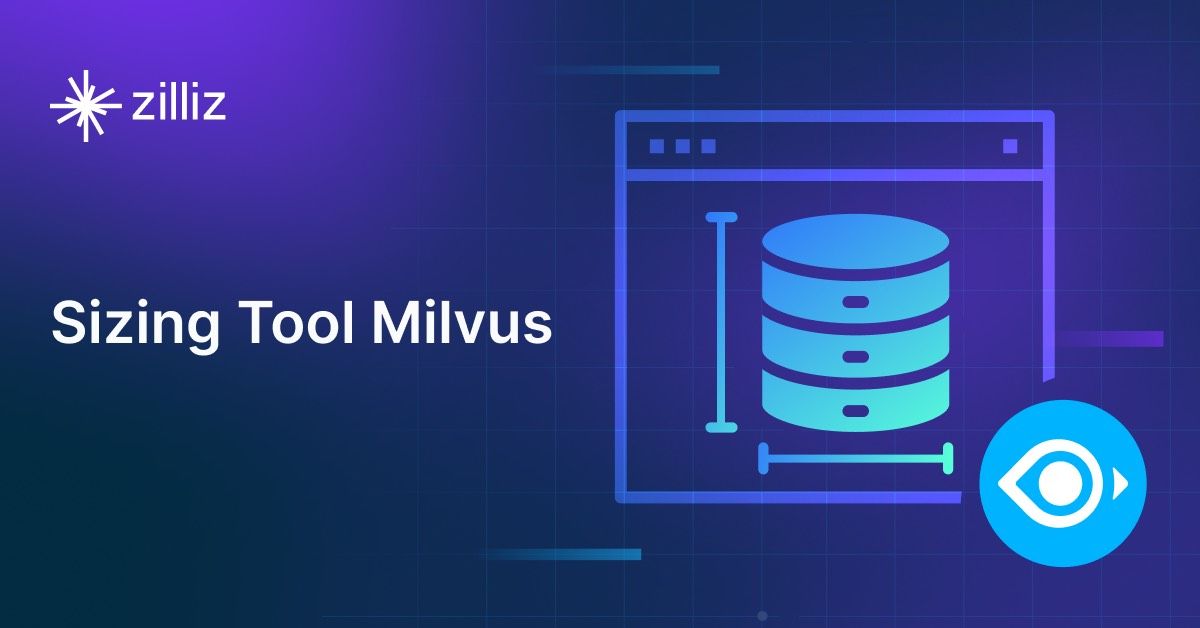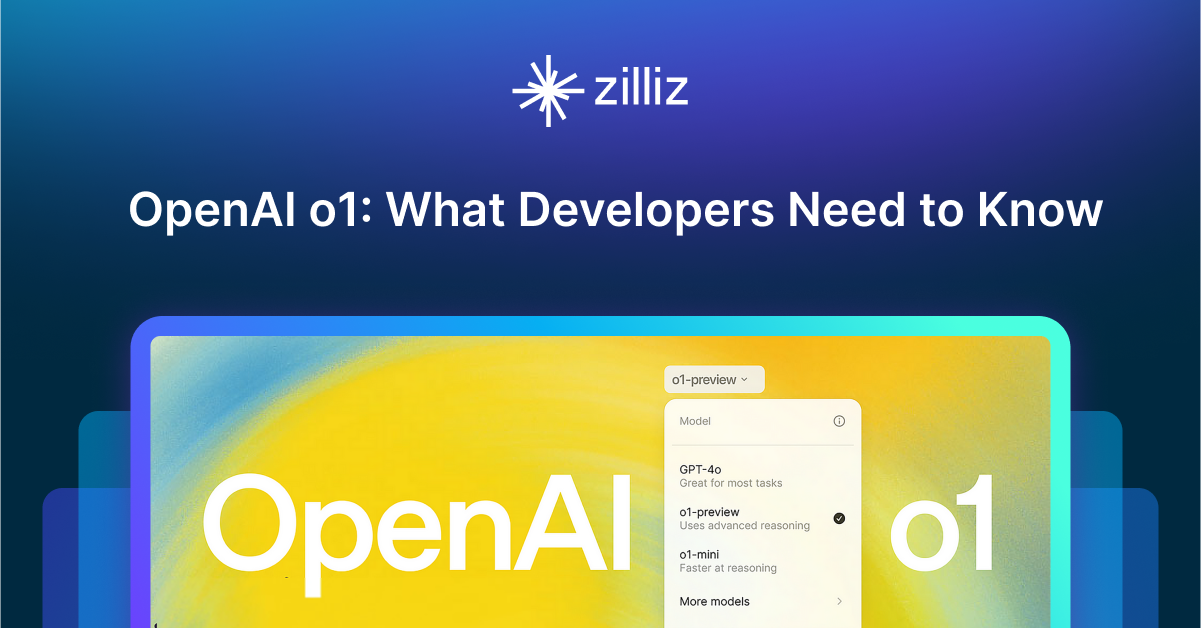Redis vs ClickHouse: Choosing the Right Vector Database for Your Needs

As AI and data-driven technologies advance, selecting an appropriate vector database for your application is becoming increasingly important. Redis and ClickHouse are two options in this space. This article compares these technologies to help you make an informed decision for your project.
What is a Vector Database?
Before we compare Redis and ClickHouse, let's first explore the concept of vector databases.
A vector database is specifically designed to store and query high-dimensional vectors, which are numerical representations of unstructured data. These vectors encode complex information, such as the semantic meaning of text, the visual features of images, or product attributes. By enabling efficient similarity searches, vector databases play a pivotal role in AI applications, allowing for more advanced data analysis and retrieval.
Common use cases for vector databases include e-commerce product recommendations, content discovery platforms, anomaly detection in cybersecurity, medical image analysis, and natural language processing (NLP) tasks. They also play a crucial role in Retrieval Augmented Generation (RAG), a technique that enhances the performance of large language models (LLMs) by providing external knowledge to reduce issues like AI hallucinations.
There are many types of vector databases available in the market, including:
- Purpose-built vector databases such as Milvus, Zilliz Cloud (fully managed Milvus), and Weaviate
- Vector search libraries such as Faiss and Annoy.
- Lightweight vector databases such as Chroma and Milvus Lite.
- Traditional databases with vector search add-ons capable of performing small-scale vector searches.
Redis is an in-memory database and ClickHouse is an open-source column-oriented database. Both have vector search capabilities as an add-on. This post compares their vector search capabilities.
Redis: Overview and Core Technology
Redis was originally known for its in-memory data storage and has added vector search capabilities through the Redis Vector Library which is now part of Redis Stack. This allows Redis to do vector similarity search while keeping its speed and performance.
The vector search in Redis is built on top of its existing infrastructure, using in-memory processing for fast query execution. Redis uses FLAT and HNSW (Hierarchical Navigable Small World) algorithms for approximate nearest neighbor search which allows for fast and accurate search in high dimensional vector spaces.
One of the main strengths of Redis vector search is that it can combine vector similarity search with traditional filtering on other attributes. This hybrid search allows developers to create complex queries that consider both semantic similarity and specific metadata criteria, so it’s versatile for many AI driven applications.
The Redis Vector Library provides a simple interface for developers to work with vector data in Redis. It has features like flexible schema design, custom vector queries and extensions for LLM related tasks like semantic caching and session management. This makes it easier for AI/ML engineers and data scientists to integrate Redis into their AI workflow, especially for real-time data processing and retrieval.
ClickHouse: Overview and Core
ClickHouse is an open-source OLAP database for real-time analytics with full SQL support and fast query processing. It’s great for analytical queries because of fully parallelized query pipeline and can do vector search fast. It has high compression (customizable through codecs) so can store and query big datasets. One of its main advantages is that it can handle multi-TB datasets without being memory bound so it’s a great tool for users with large vector data. Also supports filtering and aggregation on metadata, so you can query vectors and their metadata.
ClickHouse has vector search functionality through SQL where vector distance operations are just like any other SQL function. So you can combine it with traditional filtering and aggregation. Great for use cases where you need to query vector data along with metadata or other information. Also has experimental Approximate Nearest Neighbour (ANN) indices for faster (but approximate) matching. And exact matching through linear scan over rows with parallel processing for speed and efficiency.
ClickHouse is great for vector search when you need to combine vector matching with metadata filtering or aggregation. Especially for very large vector datasets that need to be processed in parallel across multiple CPU cores. ClickHouse is also good when you need SQL support and your vector dataset is too big to fit in memory-only indices. Also if you already have related data in ClickHouse or don’t want to learn another tool to manage millions of vectors, ClickHouse can save you time and resources. Fast parallelized exact matching and handling big datasets is what ClickHouse is good for, so it’s for advanced search users.
ClickHouse is a general purpose platform for vector search, especially for large datasets that need parallel processing and when you combine vector search with SQL-based filtering and aggregation. Not as good as specialized vector databases for small memory-bound datasets or high-QPS scenarios but can handle complex queries including metadata so great for developers who know SQL and need fast vector search.
Key Differences: Choosing Between Redis and ClickHouse for Vector Search
When choosing a vector search tool, knowing the differences between Redis and ClickHouse will help you make an informed decision. Both have vector search, but different features and use cases. Let’s compare them across several key areas:
Search Method
Redis uses FLAT and HNSW (Hierarchical Navigable Small World) algorithms for approximate nearest neighbor search. This allows for fast and accurate search in high dimensional vector spaces. Redis is great at combining vector similarity search with traditional filtering on other attributes, so you can do complex queries that consider both semantic similarity and specific metadata.
ClickHouse has vector search through SQL where vector distance operations are treated like any other SQL function. It supports exact matching through linear scans and experimental Approximate Nearest Neighbor (ANN) indices for faster, but approximate matching.
Data
Redis is in-memory data storage and has been extended to include vector search. This allows for very fast query execution, good for real-time applications that need low latency.
ClickHouse is an OLAP database for real-time analytics with full SQL support. It can handle structured, semi-structured and unstructured data. ClickHouse is good at managing and querying large datasets even those that don’t fit in memory thanks to columnar storage and compression.
Scalability and Performance
Redis is fast for in-memory operations and can scale horizontally through clustering. Vector search is also fast so good for applications that need fast response times on datasets that fit in memory.
ClickHouse is good for large scale datasets. It does fully parallelized query processing so it can handle multi-TB datasets. This makes ClickHouse good for scenarios with massive vector datasets that exceed memory.
Flexibility and Customization
Redis has flexible schema design and custom vector queries through its Vector Library. It also has extensions for LLM related tasks like semantic caching and session management so it’s adaptable to various AI/ML workflows.
ClickHouse has flexibility through its SQL interface where you can combine vector operations with traditional database operations seamlessly. This SQL based approach gives you a lot of customization options for complex queries that involve both vector data and metadata.
Integration and Ecosystem
Redis has a big ecosystem and integrates well with many tools and frameworks, especially in real-time data processing and caching scenarios. It’s simple and widely used so it’s a popular choice for many development stacks.
ClickHouse is less popular than Redis but has good integration capabilities especially in data analytics environments. Its SQL support makes it easier to integrate with existing data pipelines and BI tools.
Ease of Use
Redis is simple and easy to set up. The Redis Vector Library has a simple interface for working with vector data which is good for developers already familiar with Redis.
ClickHouse has a steeper learning curve especially for those new to columnar databases or complex SQL queries. But for teams with SQL expertise, ClickHouse is powerful and easy to use.
Cost
Redis being in-memory can be more expensive when dealing with large datasets that require a lot of RAM. But for small datasets it can be cost effective because of its performance and simplicity.
ClickHouse can be more cost effective for large datasets as it doesn’t require all data to be in memory. Its compression and disk based storage can lead to lower hardware cost for big data scenarios.
Security
Both Redis and ClickHouse have security features like encryption, authentication and access control. Redis has these features out of the box while ClickHouse’s security model is more flexible and can be integrated with external security systems.
When to Choose Each Technology
When to use Redis
Use Redis when you need real time, low latency vector search on datasets that fit in memory. It’s perfect for scenarios where you need to combine vector similarity search with attribute filtering like content recommendation systems, real time fraud detection or personalized search in e-commerce platforms. Redis is great in use cases where you need fast response times and can take advantage of in memory processing, so it’s good for AI driven applications that need vector operations along with other data manipulation.
When to use ClickHouse
Use ClickHouse when you have very large vector datasets that exceed memory or you need to do complex analytical queries that combine vector search with SQL operations. It’s good for scenarios like large scale log analysis with semantic search, data intensive machine learning pipelines or advanced analytics platforms that need vector operations on historical data. ClickHouse is great in use cases where you need to process and analyze massive amount of vector data along with structured data, especially when you can take advantage of parallel query processing for performance on multi-TB datasets.
Conclusion
Redis is fast in memory so it’s great for real time vector search with smaller datasets. It’s simple, has a rich ecosystem and hybrid search capabilities. ClickHouse is good for very large vector datasets with columnar storage and SQL integration so it’s good for complex analytical queries on massive scale. Choose between Redis and ClickHouse based on your use case, considering data volume, query complexity, response time and integration requirements. Redis is for speed critical, memory fitting scenarios and ClickHouse is for large scale data analysis with vector search components.
While this article provides an overview of Redis and ClickHouse, it's key to evaluate these databases based on your specific use case. One tool that can assist in this process is VectorDBBench, an open-source benchmarking tool designed for comparing vector database performance. Ultimately, thorough benchmarking with specific datasets and query patterns will be essential in making an informed decision between these two powerful, yet distinct, approaches to vector search in distributed database systems.
Using Open-source VectorDBBench to Evaluate and Compare Vector Databases on Your Own
VectorDBBench is an open-source benchmarking tool designed for users who require high-performance data storage and retrieval systems, particularly vector databases. This tool allows users to test and compare the performance of different vector database systems such as Milvus and Zilliz Cloud (the managed Milvus) using their own datasets and determine the most suitable one for their use cases. Using VectorDBBench, users can make informed decisions based on the actual vector database performance rather than relying on marketing claims or anecdotal evidence.
VectorDBBench is written in Python and licensed under the MIT open-source license, meaning anyone can freely use, modify, and distribute it. The tool is actively maintained by a community of developers committed to improving its features and performance.
Download VectorDBBench from its GitHub repository to reproduce our benchmark results or obtain performance results on your own datasets.
Take a quick look at the performance of mainstream vector databases on the VectorDBBench Leaderboard.
Read the following blogs to learn more about vector database evaluation.
Further Resources about VectorDB, GenAI, and ML
- What is a Vector Database?
- Redis: Overview and Core Technology
- ClickHouse: Overview and Core
- Key Differences: Choosing Between Redis and ClickHouse for Vector Search
- **When to Choose Each Technology**
- Conclusion
- Using Open-source VectorDBBench to Evaluate and Compare Vector Databases on Your Own
- Further Resources about VectorDB, GenAI, and ML
Content
Start Free, Scale Easily
Try the fully-managed vector database built for your GenAI applications.
Try Zilliz Cloud for FreeKeep Reading

Demystifying the Milvus Sizing Tool
Explore how to use the Sizing Tool to select the optimal configuration for your Milvus deployment.

OpenAI o1: What Developers Need to Know
In this article, we will talk about the o1 series from a developer's perspective, exploring how these models can be implemented for sophisticated use cases.

Vector Databases vs. Spatial Databases
Use a vector database for AI-powered similarity search; use a spatial database for geographic and geometric data analysis and querying.
The Definitive Guide to Choosing a Vector Database
Overwhelmed by all the options? Learn key features to look for & how to evaluate with your own data. Choose with confidence.